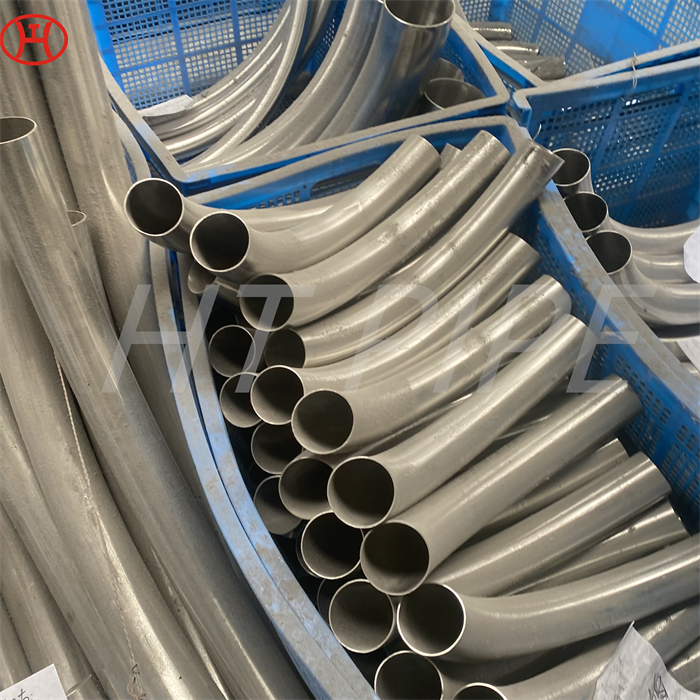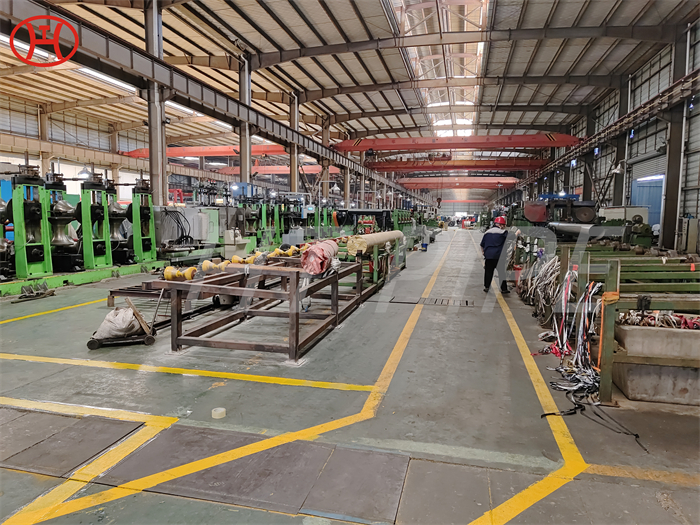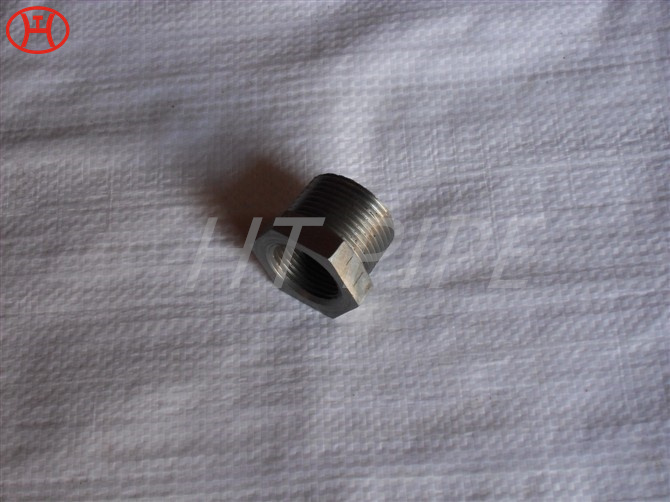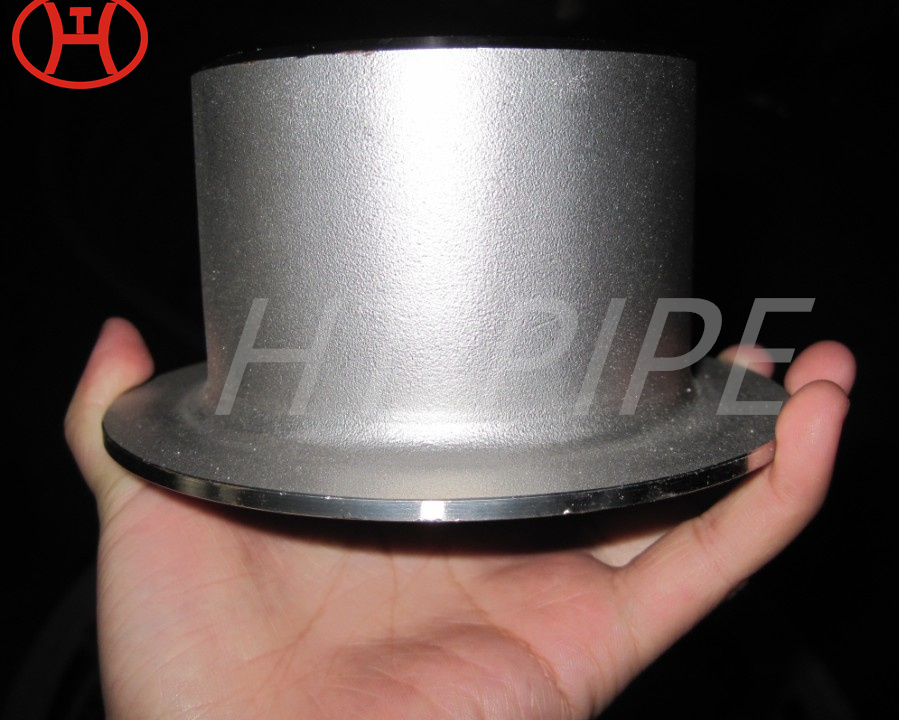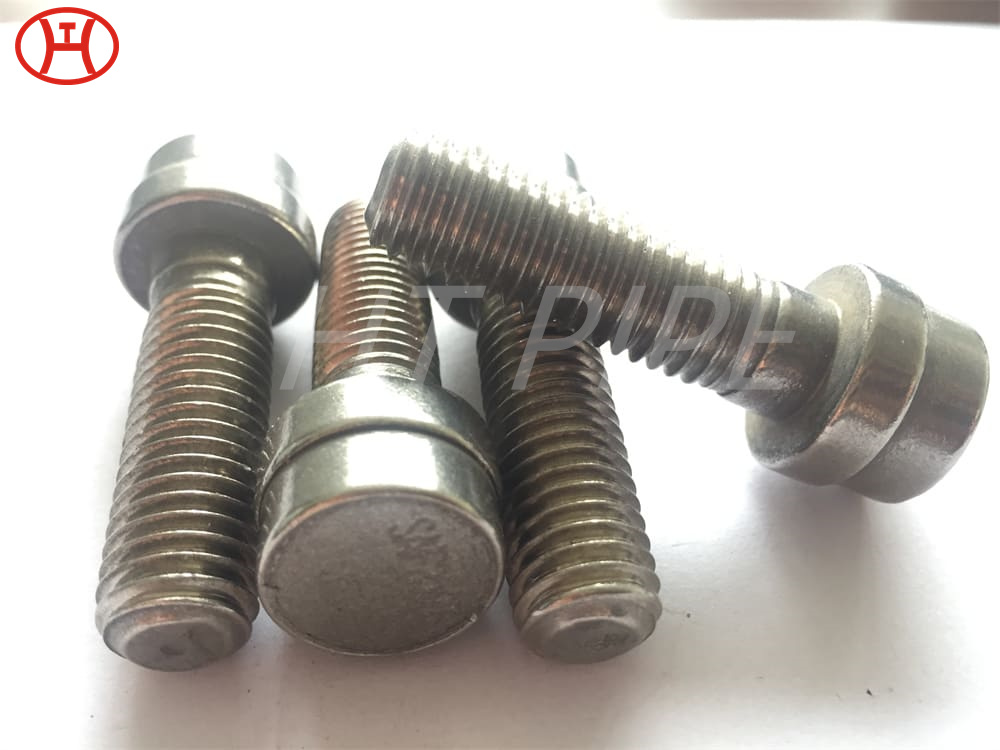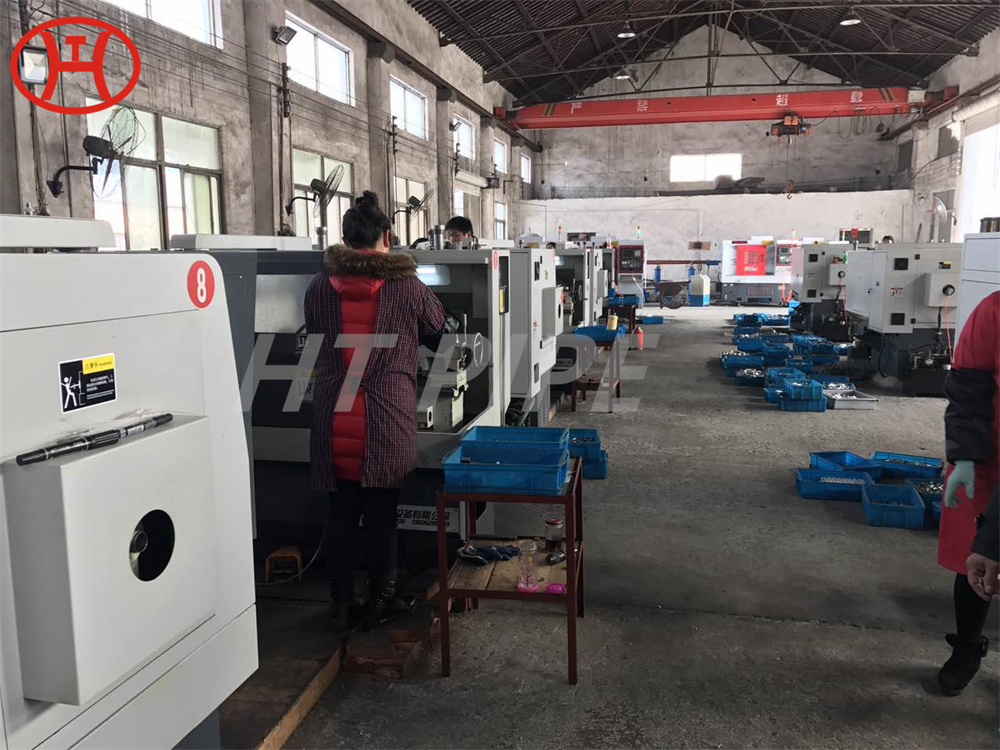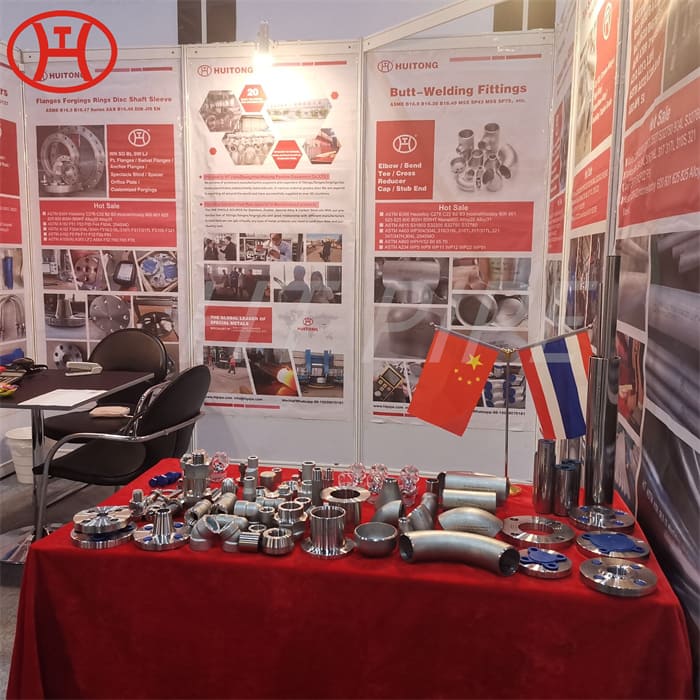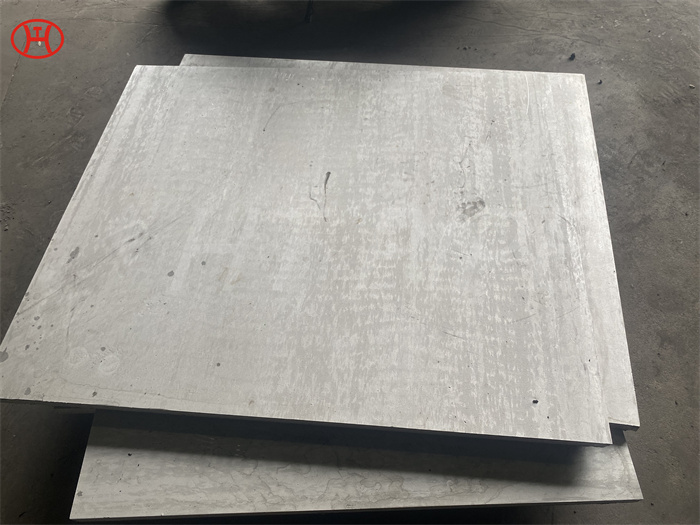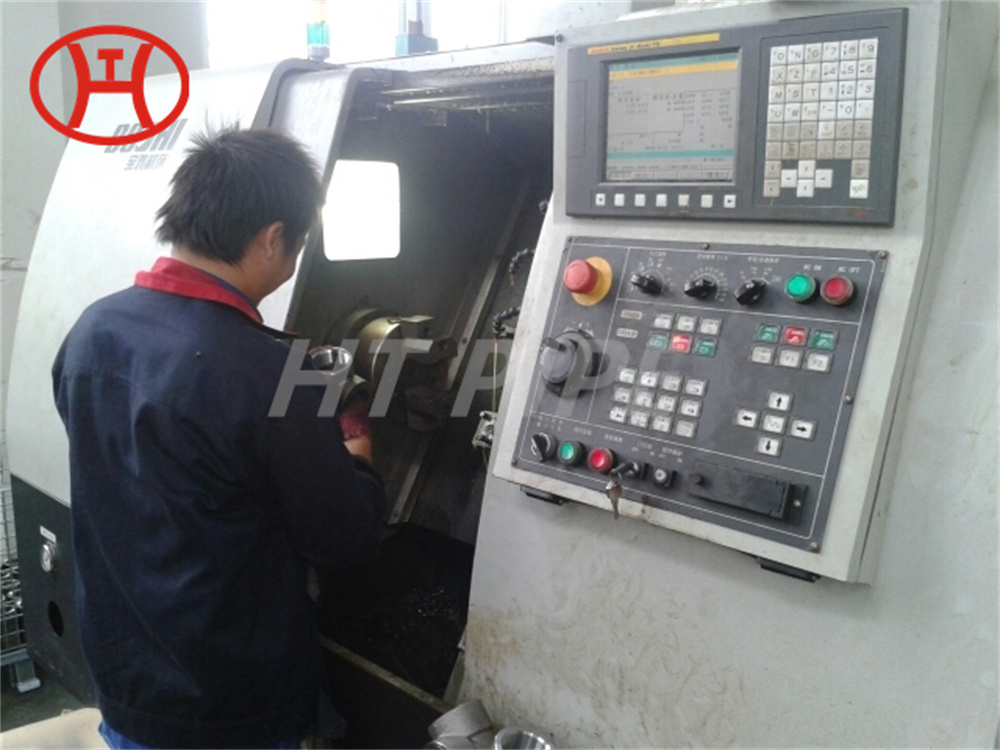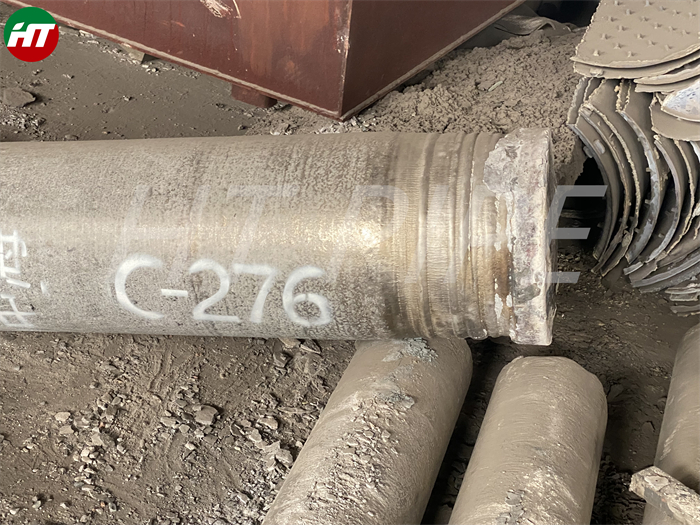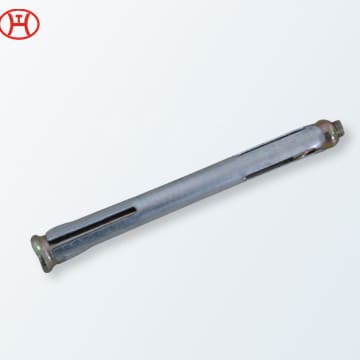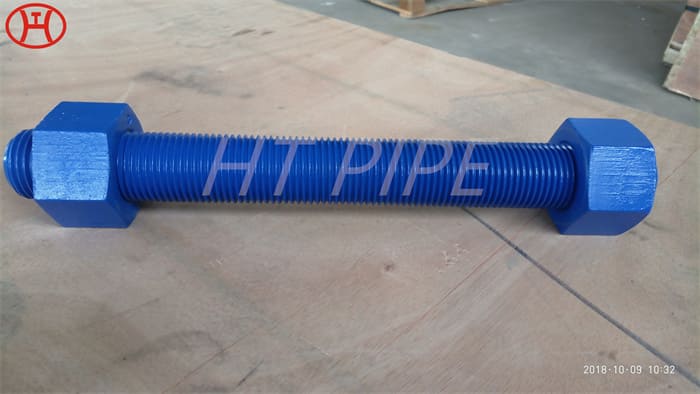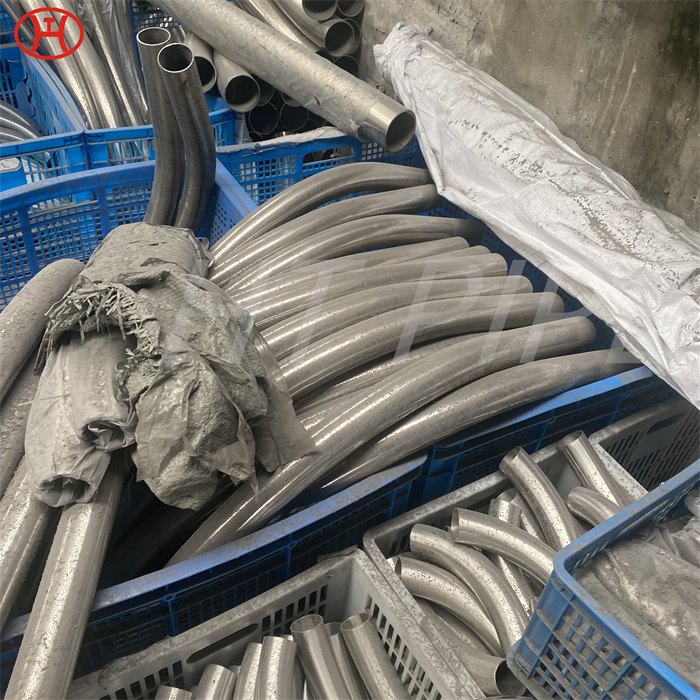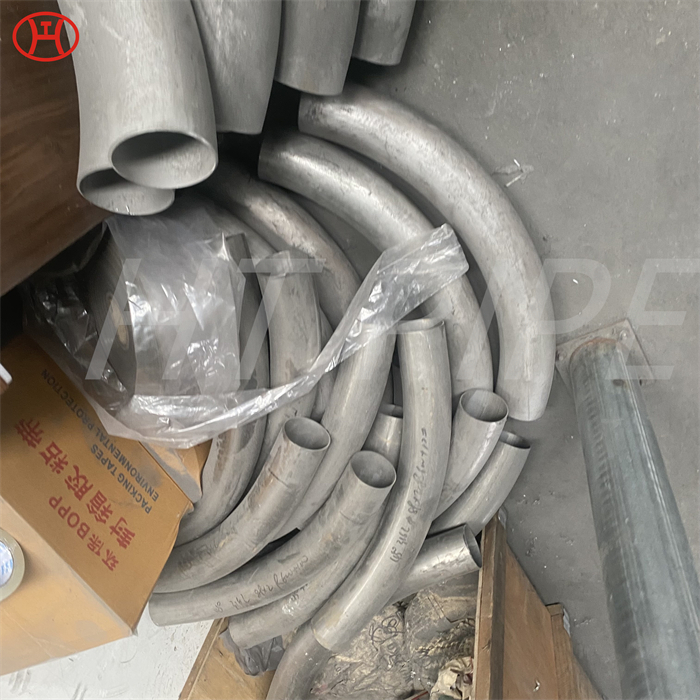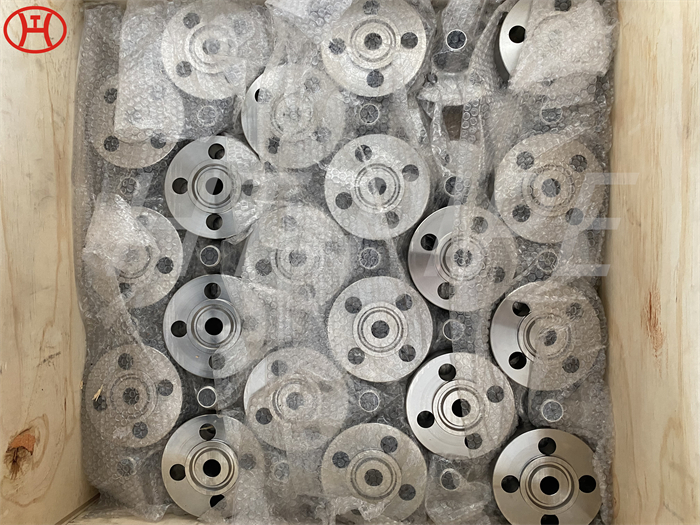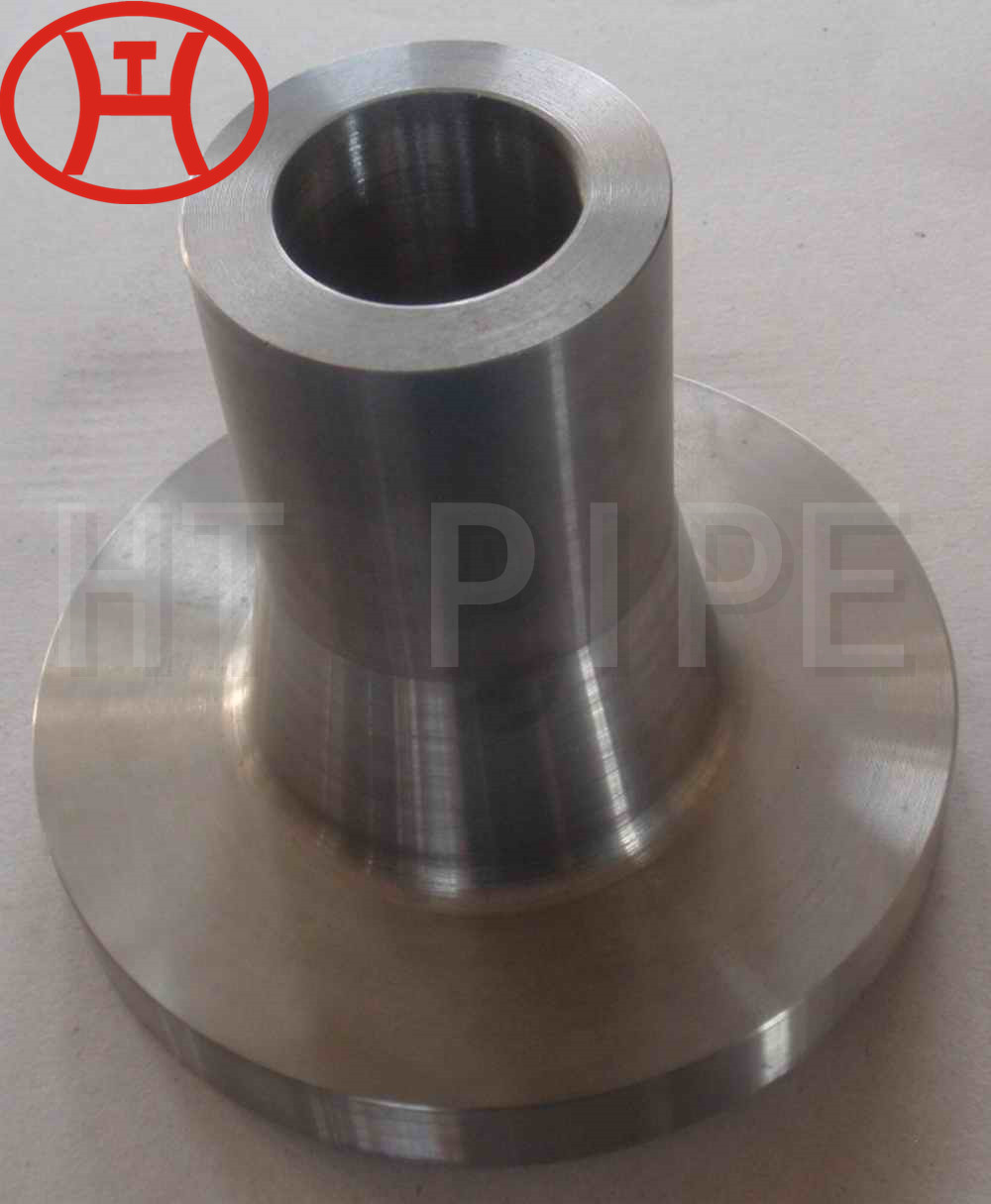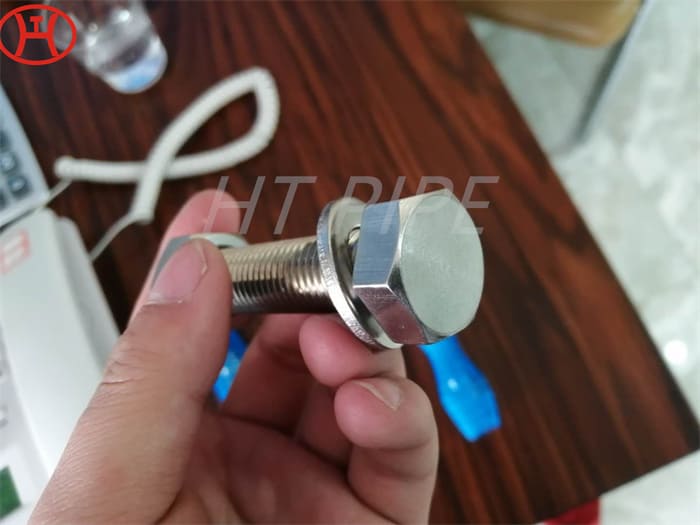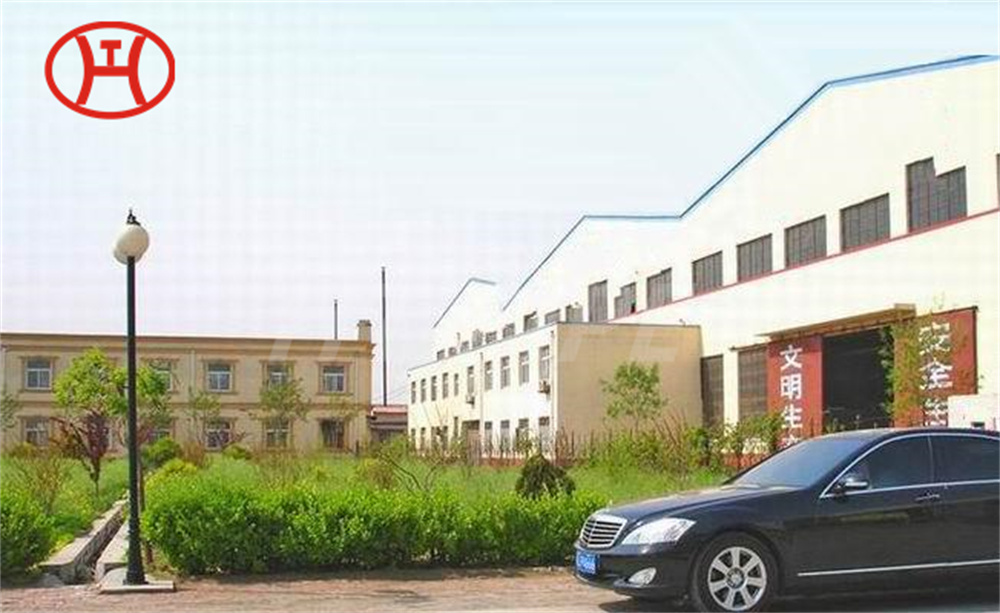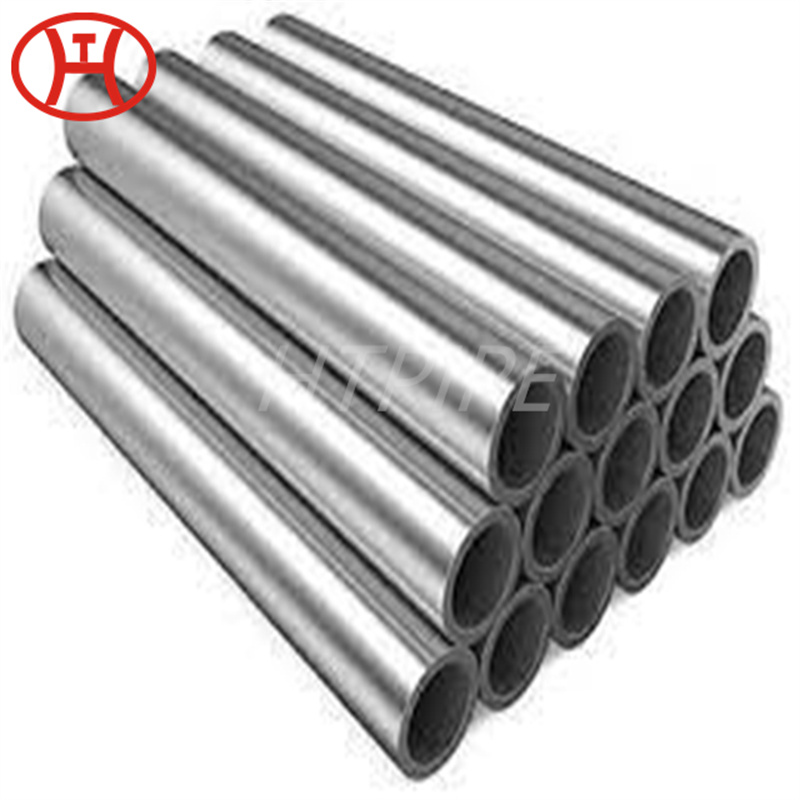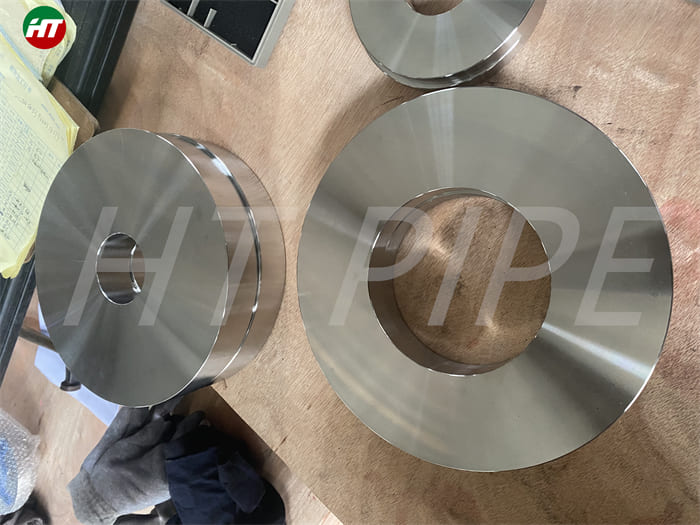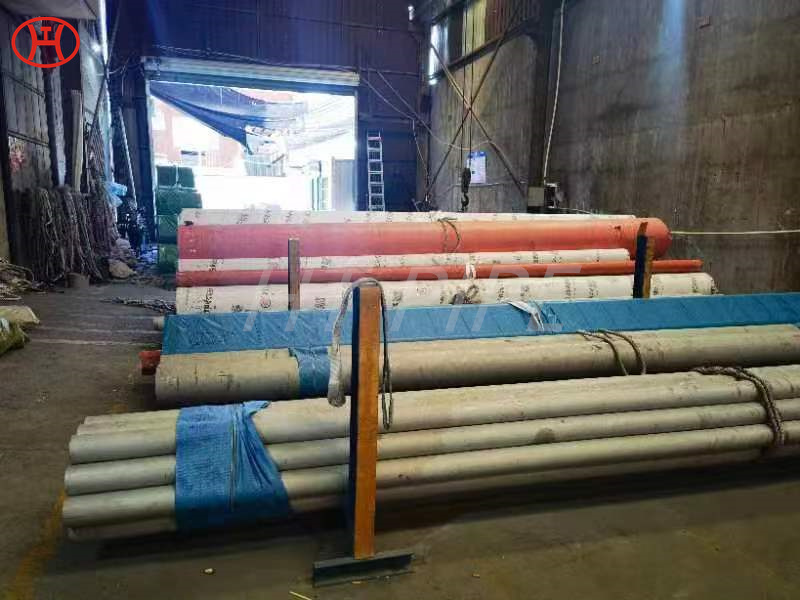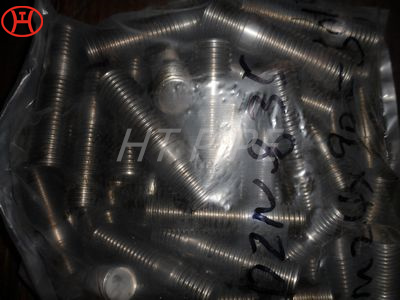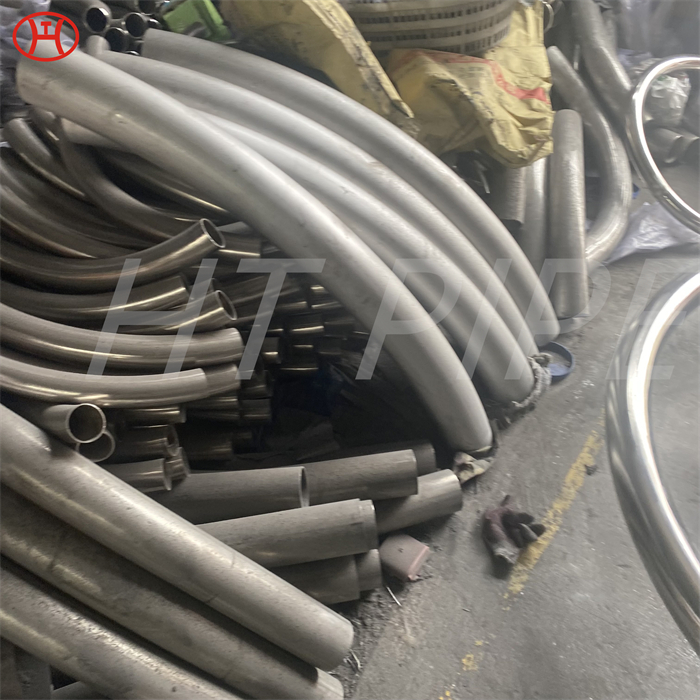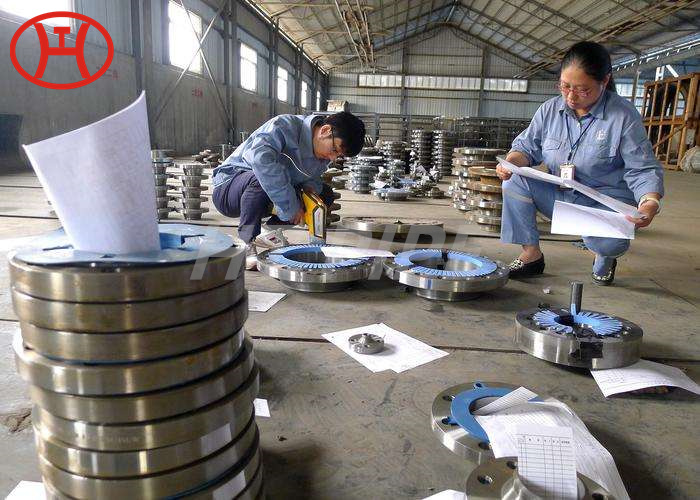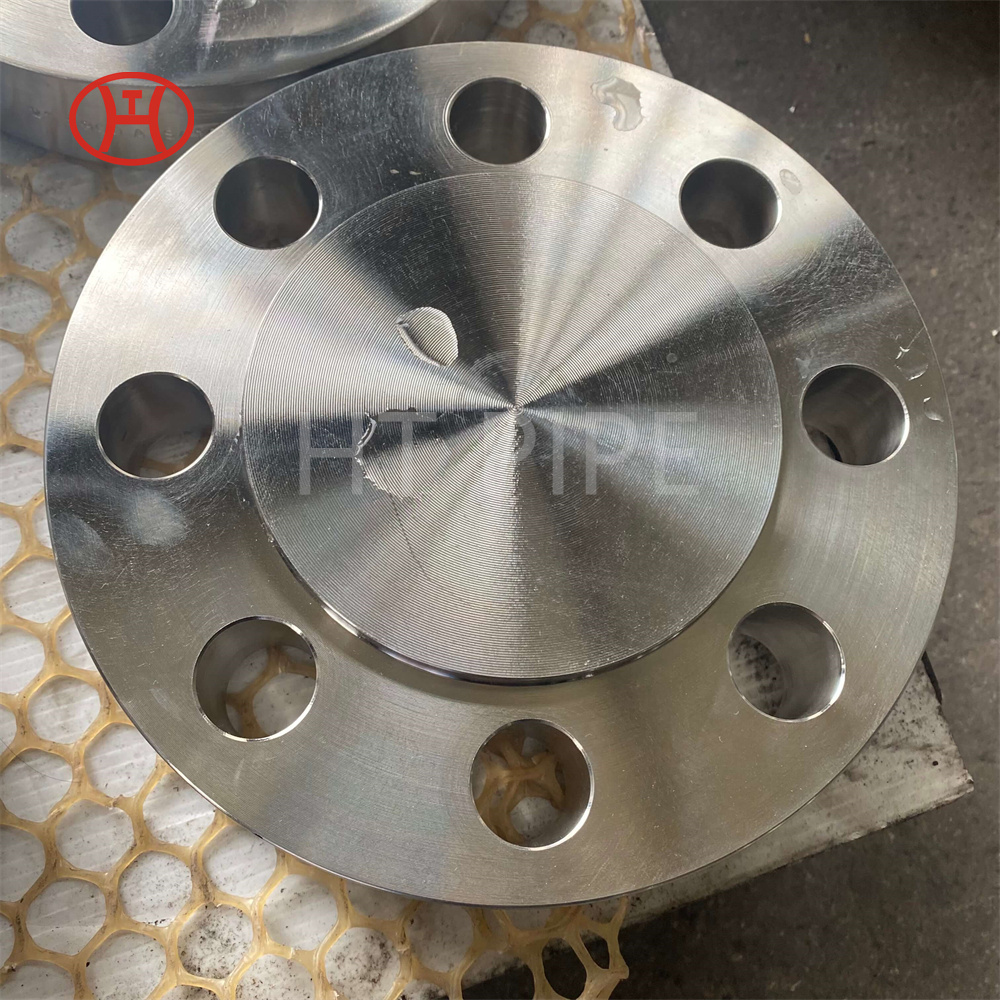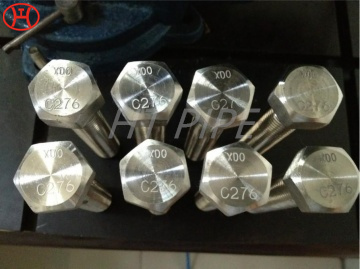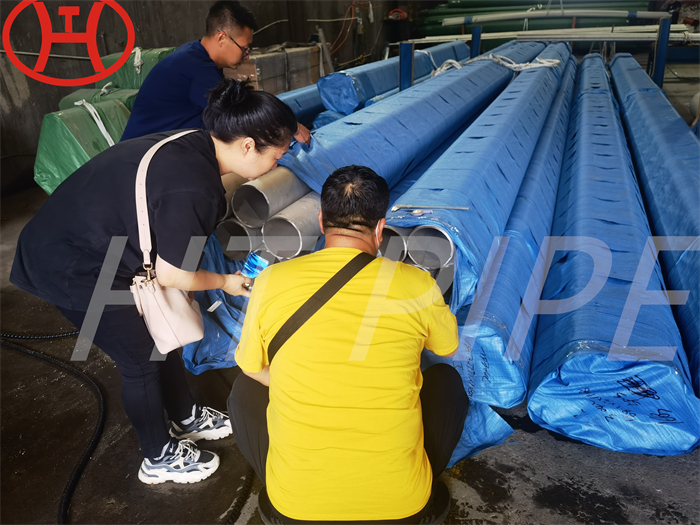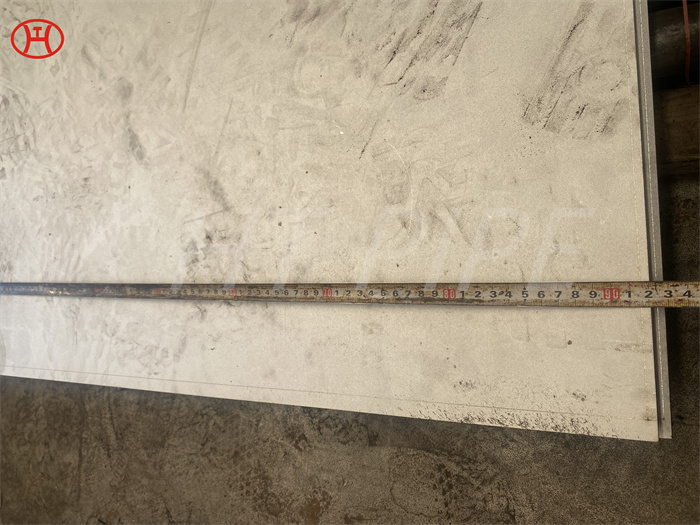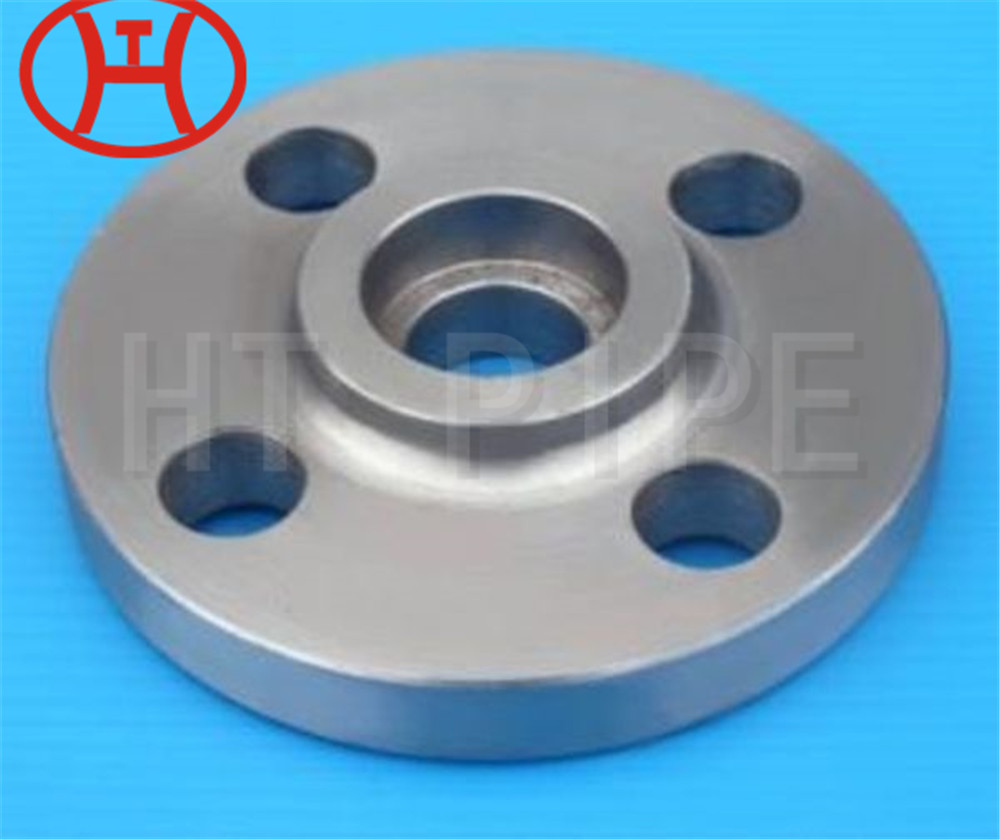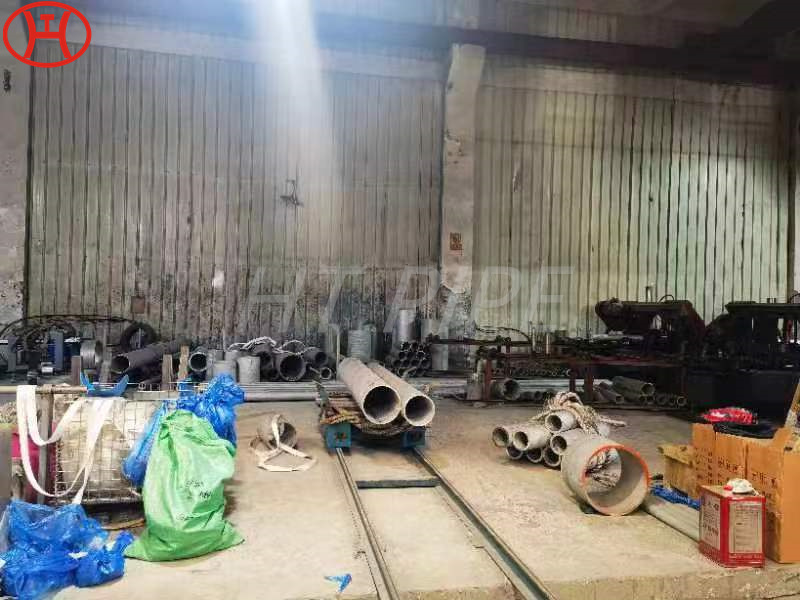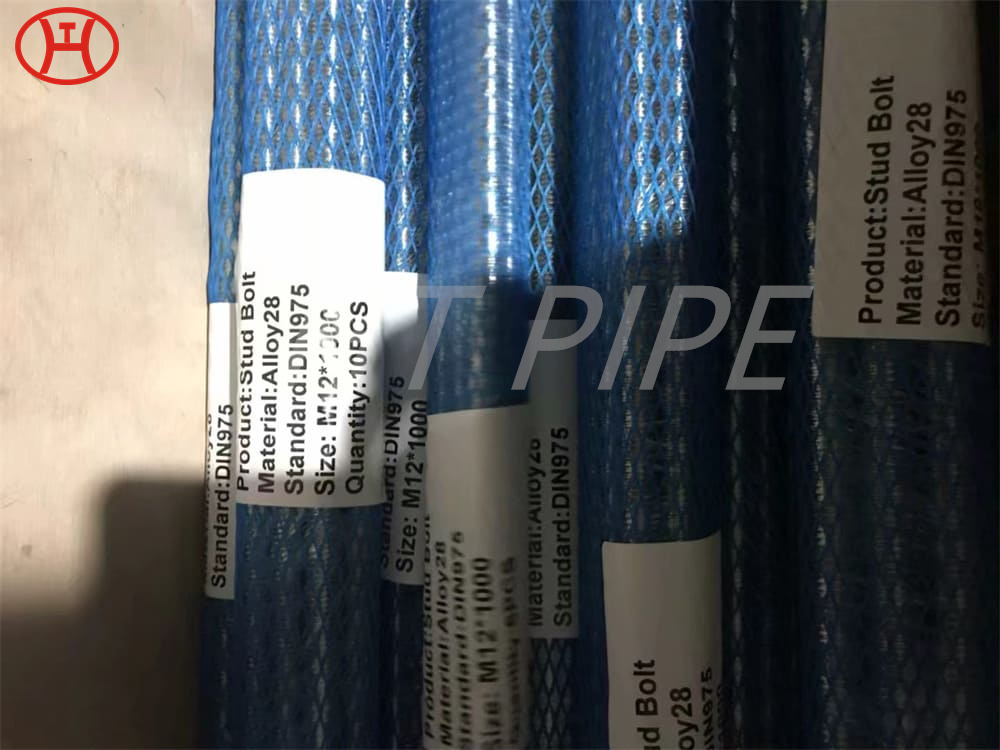Hastelloy B3 N10675 pipe bend ready-made straight bend by Bending Machine to bend
The sheer variety of pipe bend sizes and materials also make them suitable for routing everything from hot or caustic liquids to maintaining pressure and movement in high viscosity liquids or those with suspended solids, such as Oil Sands slurry lines which contains a high concentration of silica sand.
Hastelloy B3 Piping Elbow and Hastelloy B3 Piping bend are not the same, even though sometimes these two terms are interchangeably used. As the correct bending temperature range is reached, the pipe is moved slowly through the induction coil whilst the bending force is applied by a fixed radius arm arrangement. A PIPING BEND is simply a generic term in piping for an ¡°offset¡± ¨C a change in direction of the piping. Induction bends are formed in a factory by passing a length of straight pipe through an induction bending machine. This machine uses an induction coil to heat a narrow band of the pipe material. The leading end of the pipe is clamped to a pivot arm.









































































































